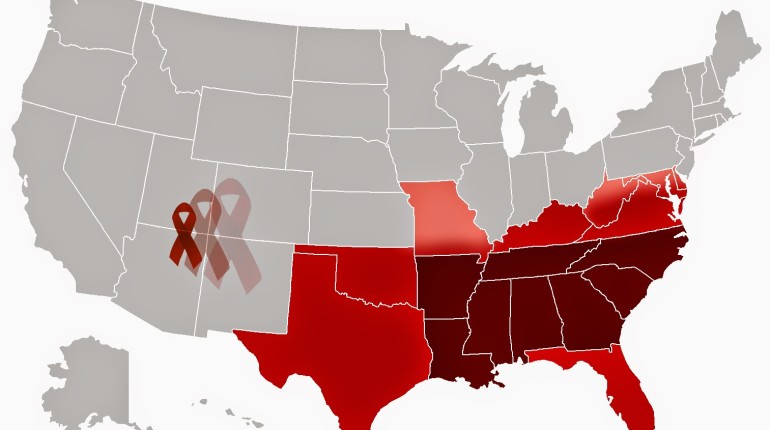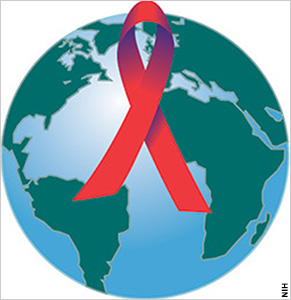Reports say that there are approximately 36.9 million people currently living with HIV and tens of millions of people have died of AIDS-related causes since the beginning of the epidemic. Despite these challenges, new global efforts have been raised in order to address the epidemic and there are signs that aids epidemic might be changing course.
![]()
![]()
![]()
![]()
 Earlier this year the United Nations announced that the AIDS epidemic can end on 2030. The UN highlighted the global response that has averted 30 million new HIV infections worldwide in the last 15 years including in India, which ranks among the top five worst affected countries.
Earlier this year the United Nations announced that the AIDS epidemic can end on 2030. The UN highlighted the global response that has averted 30 million new HIV infections worldwide in the last 15 years including in India, which ranks among the top five worst affected countries.
As of March 2015, 15 million people are receiving life-saving HIV treatment. The ambitious target of reaching 15 million set by member states in 2011 has been met. And with this achievement we have averted nearly 8 million AIDS-related deaths since the year 2000,” said Peter Ghys, Director of Strategic information and Evaluation, UNAIDS.
The world has achieved a 35 per cent decrease in new HIV infections between 2000 and 2014. By 2014, new infections had been significantly reduced or had not increased in 83 countries.
Also, the top five countries that have the highest HIV burden have all reversed their HIV epidemics, this includes, South Africa, India, Mozambique, Nigeria and Zimbabwe,” added Ghys.
Now we must commit to ending the AIDS epidemic. The world is on track to meet the investment target of USD 22 billion for the AIDS response by 2015 and that concerted action over the next five years can end the AIDS epidemic by 2030,” explained Ghys while launching the report in Addis Ababa.
Ending AIDS epidemic has been defined as ensuring that 90 per cent of all people living with HIV are aware of their status and 90 per cent of those diagnosed with HIV receive anti-retroviral therapy.
Image Credits: deccanchronicle, iipdigital.usembassygov, adapvocacyassociation

